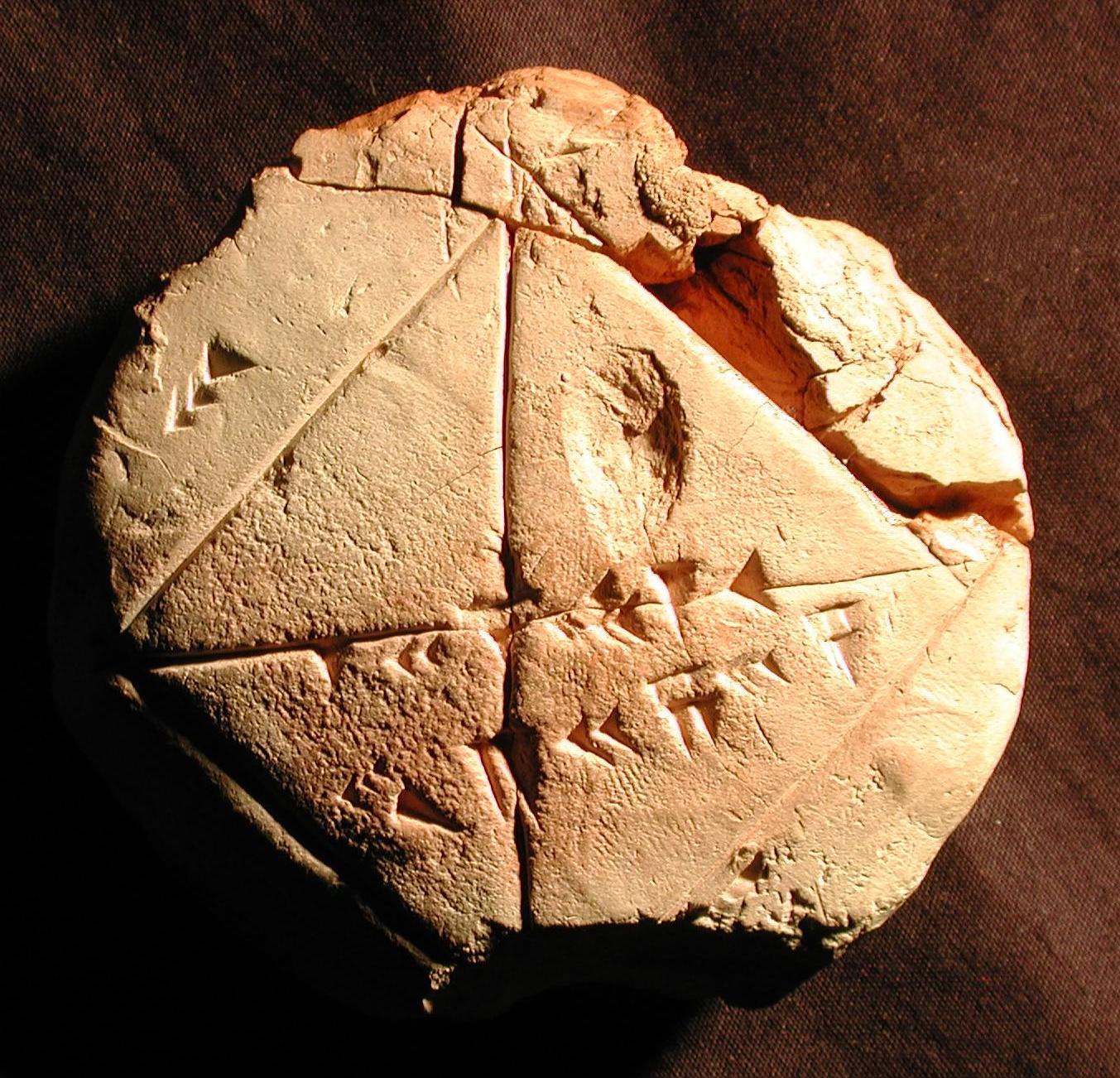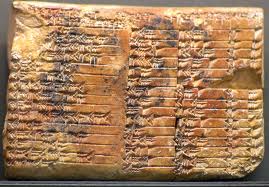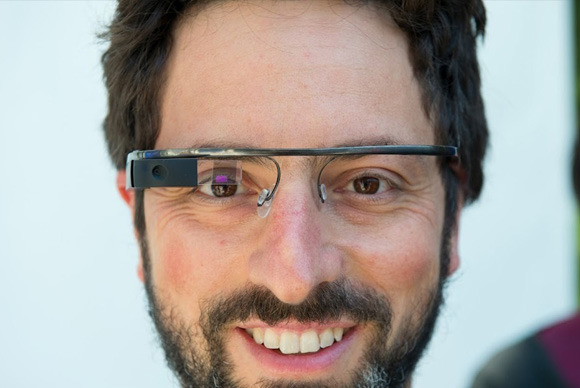This time of year we seem hardwired to look forwards and backwards simultaneously. Pundits pundicize the trends, themes and memes they think will be significant over the next 12 months, while reviewers review the trends, themes and memes of the year gone by.
If to paraphrase Pearl Buck, we can only understand the future when we understand the past - then perhaps looking further back than 12 months, will also allow us to look further ahead.
Around 1800 BC in the fertile plains between the Tigris and Euphrates rivers (today’s Iraq), a technological revolution was in full swing.
The Babylonians invented advanced mathematics; they understood fractions, algebra and quadratic equations and more.
We know this because they had already developed writing.
Their cuneiform script was impressed into moist clay tablets using one end of a reed which left wedge-shaped marks.
And clay, once cured is surprisingly durable.
Hundreds of thousands of tablets survive; the British Museum alone has over 70,000.
Early archeologists thought cuneiform was purely decorative, but after studying it for a couple of hundred years they learnt to translate it.
The language was at first called Babylonian and/or Assyrian, but has now come to be known as Akkadian*.
So what compelled the Babylonians to develop Akkadian?
What was so important they had to record it?
The two most famous tablets deal with mathematics.
One shows a square with two diagonals.
While another named Plimpton 322 shows a numerical table.
Together they more or less prove that the Babylonians had substantially cracked** a theorem that some 1,500 years later would be more widely attributed to a Greek chap called Pythagoras.
This is important because of the theorem’s practical application in areas like construction and shipbuilding.
Because not all Babylonians were brainiacs, the majority were preoccupied with…pretty much the same stuff many of us are preoccupied with today.
Consequently, the majority of tablets deal with everyday matters: family, trade and real estate transactions.
Prosaic records like wedding contracts, deeds, bills of lading, bonds, receipts and accounts, the contents of an ancient Banker’s Box gathering dust in a closet.
We’ve serendipitously exchanged one mineral for another and our technology runs on silicon instead of clay.
And while hard drives may double in size every 18 months the central processor called human nature remains a constant.
On the one hand this is disappointing.
It would be nice to see us humans evolve to a higher plane, a place where we could put an end to war and hunger for example.
On the other hand there’s something reassuring about being so obstinately immutable amidst the rapid change of the Digital Age.
Up to now.
Because biology and technology are merging and the silicon is getting physically closer to our carbon selves.
We’ve gone from desktops computers to the augmented reality of Google Glass in ten years or so.
Eventually this cyborgization will erase the distance between silicon and carbon.
Neural implants already exist in research labs.
It won't be long before you can pop into your local Brains "R" Us for a cognitive booster implant.
But we don't need to wait until then to see how technology is changing human nature.
You can already see it in little ways, like a 140 character attention span.
The question is definitely how?
Not if.
Let’s hope it’s changing us for the better.
----------------------------------------------------------------------------------------------------------------------------------------------------------------------------------------------------------
* This line is pasted directly from Wikipedia
** For more on the arcane subject of Babylonian mathematics R. Creighton Buck’s monograph, Sherlock Holmes in Babylon is a good place to start.






